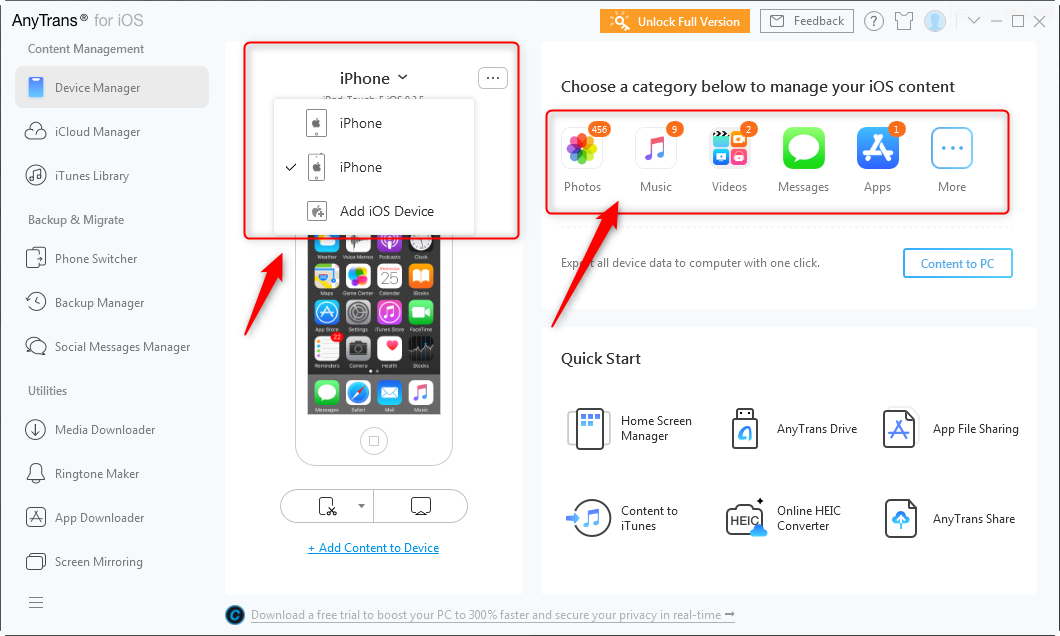

ZDNET's editorial team writes on behalf of you, our reader. Indeed, we follow strict guidelines that ensure our editorial content is never influenced by advertisers. Neither ZDNET nor the author are compensated for these independent reviews. This helps support our work, but does not affect what we cover or how, and it does not affect the price you pay.

When you click through from our site to a retailer and buy a product or service, we may earn affiliate commissions. And we pore over customer reviews to find out what matters to real people who already own and use the products and services we’re assessing. We gather data from the best available sources, including vendor and retailer listings as well as other relevant and independent reviews sites. The local clone will be created.ZDNET's recommendations are based on many hours of testing, research, and comparison shopping. Then by pressing “Command” and “v” on your keyboard to paste the path into terminal.ĥ.Type “git clone”, and then paste the URL you copied in step 2. You can right-click the folder in Finder and choose “Copy ” to copy the path into clipboard. Type cd and the directory where you want the cloned directory to be made. Once it’s opened, you can right-click the Terminal icon in dock and choose “Options > Keep in Dock” so that you can open it directly from dock next time.Ĥ. You can do this by openning Launchpad and search for Terminal. Click the Copy icon to copy the clone URL for the repository.ģ. Open the main page of the repository in browser. You can clone the repository to your mac computer in order to create a local copy and sync between the two locations.ġ. A repository on GitHub is a remote repository.

During development of Node.JS, you may need to clone a GitHub reposity to local mac computer.


 0 kommentar(er)
0 kommentar(er)
